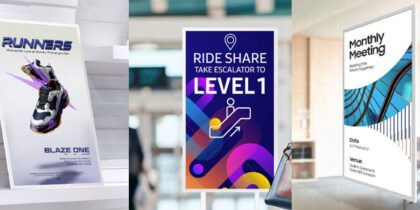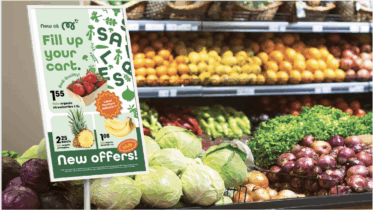Mobile commerce growth continued to skyrocket during the 2016 holiday shopping season, with Black Friday marking the first $1 billion mobile-shopping day in U.S. history. According to Recode, Adobe estimates that online shoppers made more than $1.2 billion in purchases through their phones and tablets, and mobile sales jumped 33 percent over the previous year’s results. This increase represents a trend that’s likely to continue in 2017, meaning retailers should ensure their sites are optimized for mobile.
Mobile Conversions Lag
Even though consumers were conducting more mobile shopping than ever before during the 2016 holiday shopping season, they still were more likely to buy using a PC. According to Tech Crunch, the conversion rate for holiday shopping was much higher for PCs than for tablets or mobile phones.
Consumers have been slow to make purchases on their mobile devices for a number of different reasons. Recode notes that shoppers have shown an affinity for mobile phones and tablets with clear, large displays. And as mobile commerce continues to grow, so will the popularity of these devices. Many consumers also find some mobile websites hard to use — they don’t flow naturally, the site is slow to load or there are delays in moving from area to area within the site — all possible signs the site is optimized for desktop and not mobile.
Another issue with certain mobile sites is that mobile checkout capabilities don’t always work. The Los Angeles Times reported that while 53 percent of website visits were expected to come from mobile devices during the holiday shopping season, mobile sales were projected to comprise just 34 percent of total online sales. Meanwhile, Tech Crunch reports that total online sales on Black Friday passed the $3 billion mark for the first time.
Adapt to the new generation of shoppers.
Explore key aspects of millennial shopping behavior in this eBook. Download Now
While mobile and PC sales are both essential elements of any retailer’s omnichannel strategy, you don’t want to have a consumer attempt to make a purchase on a mobile device only to find they can’t. While some of them may instead make the purchase on a PC or a laptop, others will opt to buy from a competitor with a more consumer-friendly mobile website. For example, the Los Angeles Times reports that, in 2015, 70 percent of Wal-Mart’s traffic between Thanksgiving and Cyber Monday were from mobile devices, largely due to the retailer’s mobile-first strategy.
Build With Security in Mind
In addition to providing a superior e-commerce experience, any improvement to a company’s mobile site must be done with security in mind. A security breach will not only hurt your business right away, but could also have longer-term reputational repercussions — as Target discovered after their breaches related to compromised credit card data three years ago. To ensure a secure mobile site, make sure your e-commerce system runs on a secure platform. Additionally, ensure your mobile environment doesn’t introduce any security vulnerabilities by implementing a mobile security assessment.
By taking the steps necessary to optimize your mobile website to enhance e-commerce traffic and conversions — and doing so with security in mind — you can ensure your business is positioned for the growth in mobile sales that the holiday shopping season will bring in 2017.
Having a successful mobile shopping experience is especially important for millennials. Learn here how to provide the best mobile experience for this new generation of consumers.









